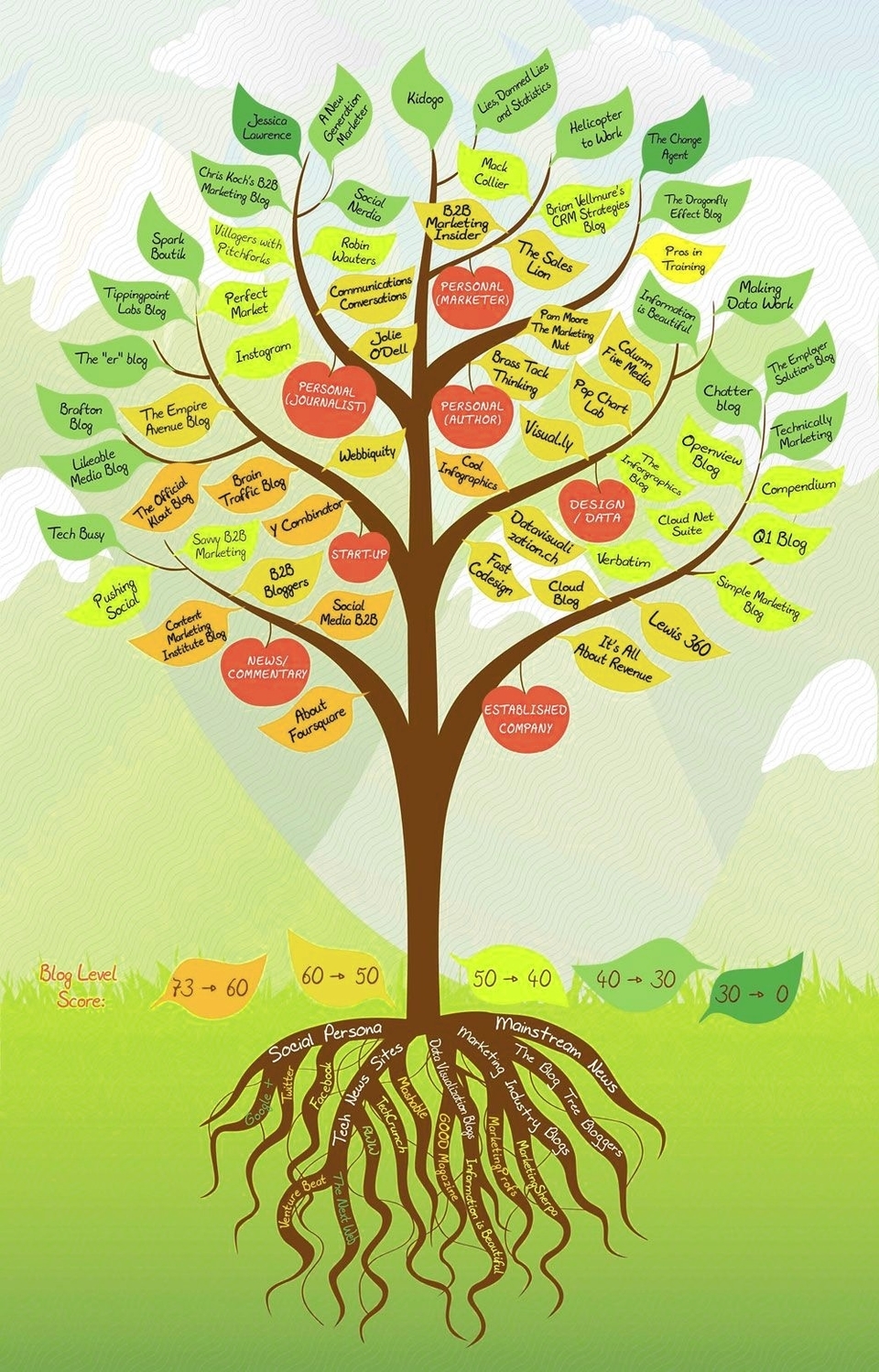
Tree probability tree is a visual tool used to calculate probabilities in a simple way. It is a type of probability diagram that is used to organize your thinking and make calculating probabilities much easier. A probability tree diagram consists of two parts – nodes and branches. A node is used to represent an event. A branch is used to denote the connection between an event and its outcome.
To understand how a probability tree diagram works, let’s consider an example. Suppose you are flipping a coin that has heads on one side and tails on the other. The probability of getting either heads or tails is fifty-fifty, which is 0.5 or 1/2. This simple probability tree diagram has two branches: one for each possible outcome heads or tails. Notice that the outcome is located at the end-point of a branch (this is where a tree diagram ends). Also, notice that the probability of each outcome occurring is written as a decimal or a fraction on each branch.
Now, let’s look at a probability tree diagram for flipping a coin twice. Notice that this tree diagram is portraying two consecutive events (the first flip and the second flip), so there is a second set of branches. Using the tree diagram, you can see that there are four possible outcomes when flipping a coin twice: Heads/Heads, Heads/Tails, Tails/Heads, Tails/Tails. And since there are four possible outcomes, there is a 0.25 (or ¼) probability of each outcome occurring. So, for example, there is a 0.25 probability of getting heads twice in a row.
The rule for finding the probability of a particular event in a probability tree diagram occurring is to multiply the probabilities of the corresponding branches. For example, to prove that there is 0.25 probability of getting two heads in a row, you would multiply 0.5 x 0.5 (since the probability of getting a heads on the first flip is 0.5 and the probability of getting heads on the second flip is also 0.5). 0.5 x 0.5 = 0.25. Repeat
